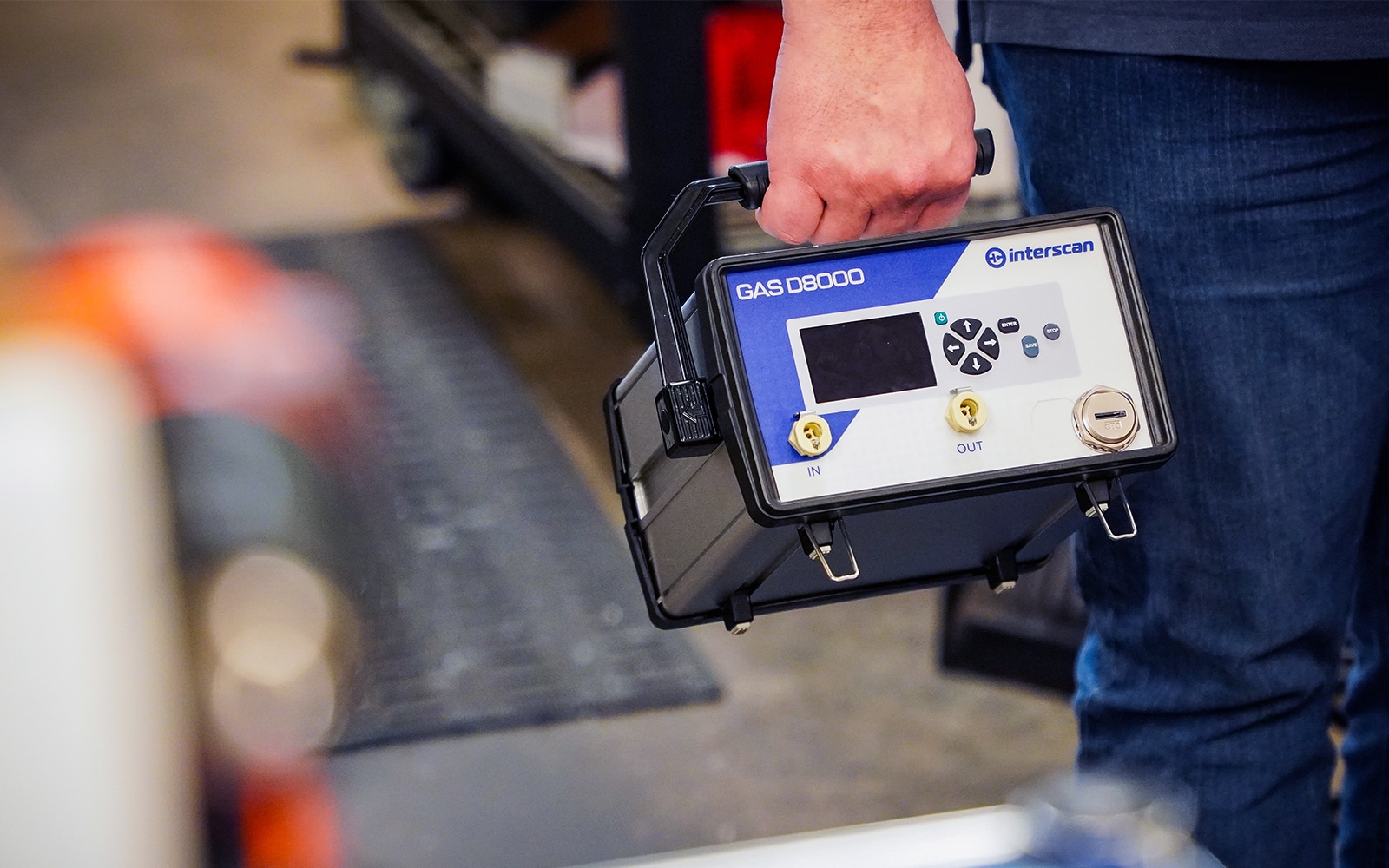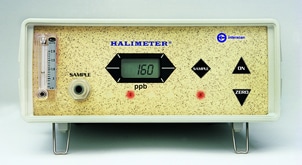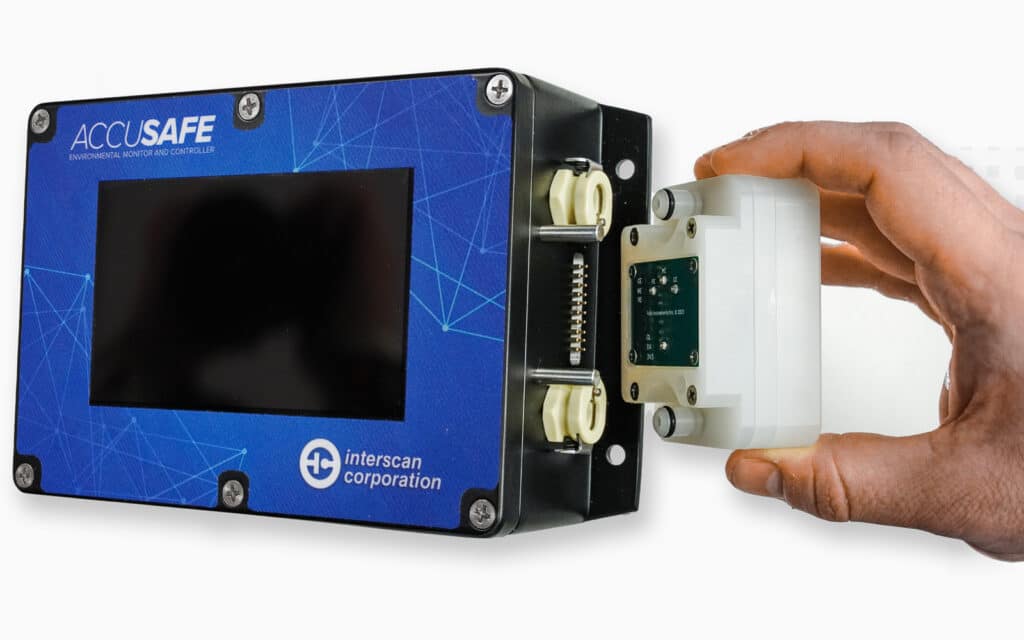Imagine a confined space where a sudden leak of carbon monoxide occurs. The difference between a safe escape and a hazardous situation could hinge on the response time of a gas detector. In this piece, we unravel the complexities behind gas detection technology, moving beyond the basic functionality to address five pressing questions that professionals often encounter. From dissecting the lifecycle of gas detection equipment to understanding the impact of environmental factors on accuracy, this article serves as a comprehensive guide. This exploration is designed to equip professionals with the necessary insights to make informed decisions, enhancing safety in environments where toxic gases are constantly threatened.
1. How fast does a gas detector sense a toxic gas?
Explanation of Response Time in Gas Detectors
The response time in gas detectors is a critical parameter that determines how swiftly a detector can identify the presence of a toxic gas. This response time often called the T90 value, is the time it takes for the detector to register 90% of the gas’s full-scale concentration. Understanding this factor is essential for the effectiveness and reliability of gas detection in various environments.
Factors Affecting the Speed of Detection
- Sensor Type: Different sensor types have distinct detection capabilities and response times. For instance, electromagnetic sensors respond based on the target gas’s speed and distance, with the signal’s amplitude varying accordingly. Electrochemical sensors, in contrast, display varied sensitivities, selectivity, response times, recovery times, and lifespans. These differences are crucial when choosing a sensor for specific gas detection needs.
- Gas Concentration: The concentration level of the target gas greatly influences detection speed. In electrochemical sensors, parameters like the limit of detection, repeatability, and detection accuracy can vary with fluctuating gas concentrations. This variability necessitates careful calibration and adjustment of sensors to ensure accurate readings.
- Environmental Conditions: External factors such as atmospheric humidity and temperature can significantly impact sensor performance. These environmental variables can alter the sensor’s output, necessitating adjustments or compensations in the detector’s design or operation.
- Additional Factors: Sensor placement, pavement temperature, and mean speed can also influence detection accuracy, especially in specific applications like pavement condition detection.
Real-World Implications of Response Time on Safety
The rapidity with which a gas detector responds to a hazardous gas presence is pivotal for safety in numerous applications:
- Confined Spaces: In areas like engine rooms or spaces with limited ventilation, the accumulation of gases like carbon monoxide poses a severe risk. Fast-response gas detectors are vital for continuously monitoring these environments and providing timely alerts.
- Outdoor Installations: In open, windy environments, gas leaks might occur several meters away from the detector. The total response time (T_total) should consider the duration for the gas to reach the sensor from the leak point. This factor is crucial for timely detection and response.
- Methane Monitors in Mining: Methane monitors on continuous miners’ cutting heads are essential for preventing frictional ignitions in coal mining. Delays in gas detection can lead to dangerous accumulations of flammable gases, elevating the risk of explosions.
- Electrochemical Sensors: These sensors are widely used in detecting toxic gases. Their T90 value is instrumental in determining the time they take to respond to a gas presence, which is vital for assessing potential hazards and initiating appropriate safety measures.
In conclusion, the speed of detection in gas detectors, influenced by sensor type, gas concentration, and environmental conditions, is a fundamental aspect in ensuring the safety and protection of workers and the general public. Fast and reliable response times are crucial in preventing accidents and harmful exposures, highlighting the importance of selecting the right detectors and understanding their operational characteristics.
2. When do you need to upgrade a gas detector?
The Lifecycle of Gas Detection Equipment
Gas detection equipment plays a vital role in ensuring safety across various industries. Its lifecycle encompasses several key stages:
- Manufacturing: This stage involves producing the gas detection equipment, including its sensors and components.
- Shelf Life: After manufacturing, the equipment undergoes a period of storage before initial use. Most electrochemical sensors maintain a shelf life of six months from manufacturing, assuming they’re stored under ideal conditions (around 20°C).
- Operational Life: This period starts when the sensor is first utilized and lasts until it’s no longer functional. Electrochemical sensors typically have an operational life of 2-3 years for common gases like carbon monoxide or hydrogen sulfide. Sensors for more exotic gases may have a shorter 12-18 months lifespan.
- Maintenance and Calibration: Regular servicing, recommended every 6 months, ensures optimal performance and minimal downtime.
- End of Life: Once the equipment reaches the end of its operational life, replacement is necessary to guarantee accurate and reliable gas detection.
Manufacturers usually provide guidelines for bump tests and calibration procedures to ascertain sensor failure. Bump tests involving exposure to test gas verify the sensor’s functionality. Being more susceptible to damage, portable gas detectors may present more challenges in determining sensor failure.
Indicators for Upgrading Gas Detectors
Upgrading gas detection equipment should be considered in light of several factors:
- Technological Advancements:
- New Sensor Types: Recent developments like Oxygen and MPS (Molecular Property Spectrometer) sensors have enhanced the accuracy and reliability of gas detection.
- Addressable Room Status Indicator: This technology enables live readings from up to 10 gas detectors, facilitating real-time monitoring and control.
- Changes in Industry Standards:
- Regulatory Changes: Updates in safety regulations might necessitate adopting more advanced or specialized equipment.
- Industry Best Practices: Evolving standards often recommend newer technologies or improved detection methods.
- Wear and Tear:
- Sensor Lifespan: Common gases’ electrochemical sensors usually have a 2-3 year lifespan.
- Disposable Gas Detectors: These are designed for a specific runtime, typically 2-3 years, and are maintenance-free.
- Bump Testing: Regular testing can indicate when a sensor is failing or nearing the end of its lifespan.
To maintain optimal performance and safety, staying abreast of technological advancements, industry standards, and the condition of your gas detection equipment is crucial. Regular maintenance, calibration, and bump testing not only prolong the lifespan of your detectors but also provide early indicators for necessary upgrades or replacements.
3. How Does Environmental Temperature and Humidity Affect the Accuracy of Gas Detectors?
Overview of Sensor Operation Under Varying Environmental Conditions
Gas detection sensors, vital for monitoring environmental pollution levels, operate under varying conditions and are sensitive to humidity, temperature, and pressure. The usual lifespan of an electrochemical sensor is about a year under standard conditions. These sensors must work in different conditions, making it essential to calibrate them according to the workplace environment. Regular calibration and maintenance are crucial for addressing challenges like sensor drift and aging components.
Detailed Analysis of Temperature and Humidity Effects
The accuracy of gas detection sensors can be significantly influenced by temperature and humidity. Thermal drift occurs when temperature fluctuations change sensor characteristics, affecting sensitivity and response times. Humidity levels can also impact sensor response, especially in water vapor-sensitive patients. Sensor degradation over time, often due to exposure to certain gases or contaminants, can alter sensor responses, leading to inaccurate readings. Fluctuations in temperature, humidity, and pressure can cause calibration drift, further affecting the accuracy of gas detectors.
Strategies to Mitigate Environmental Impacts
Several strategies are crucial to maintain accuracy under varying environmental conditions. Regular calibration corrects deviations caused by aging or external factors. Sensors with temperature compensation features help mitigate the effects of temperature changes. Ensuring proper sealing and maintenance extends sensor lifespan and improves performance. Replacing or upgrading sensors to newer models is advisable when significant drift or aging occurs. Monitoring environmental conditions assists in adjusting sensor settings or conducting calibration checks. Implementing proper alarm management and conducting regular maintenance and testing of gas detection systems are also essential to ensure their proper functioning and compliance with safety regulations.
Overall, understanding the impact of environmental conditions and implementing appropriate mitigation strategies are vital to maintaining the accuracy and reliability of gas detection sensors in various industries.
4. What are the Latest Advancements in Sensor Technology for Detecting Multiple Gases Simultaneously?
Current Trends in Multi-Gas Detection Technology
The field of multi-gas detection technology has seen significant advancements, driven by the need for improved safety, efficiency, and adaptability in various industries. Key trends include the development of smaller, more compact gas detection devices that are easy to carry and integrate into different environments. There’s also a growing emphasis on easy integration with the Internet of Things (IoT) for real-time monitoring and data analysis, enhancing safety and operational efficiency. Moreover, focusing on low power consumption in these devices is critical in reducing operational costs and minimizing environmental impact.
The demand for gas detection devices with longer lifespans is rising, reducing the need for frequent replacement and maintenance. In terms of specific types of detectors, wireless gas detectors are becoming increasingly popular for their flexibility and ease of installation. Multi-gas detectors that can monitor multiple gases simultaneously are particularly crucial in industries such as pharmaceuticals, scientific research, agriculture, and industrial safety. Integrating these detectors with IoT platforms allows for real-time monitoring and data analysis.
Benefits of Advanced Sensors in Complex Industrial Environments
Advanced gas detection sensors are transforming safety protocols in complex industrial environments. These sensors are pivotal in the early detection of gas leaks, facilitating prompt response and minimizing potential harm to people and the environment. They boast improved accuracy and reliability, using advanced algorithms and technologies to detect gas levels with greater precision. This reduces the risk of false alarms and enhances overall safety.
Real-time monitoring capabilities of wireless gas detection systems, which can connect to mobile devices or control rooms, are revolutionizing response strategies to potential leaks. Integrating these advanced sensors with predictive analytics tools and other systems offers a more comprehensive approach to safety and environmental monitoring. Not only do these systems help industries comply with regulatory safety requirements, but they also aid in the prevention of gas leaks by detecting and addressing them early, leading to more sustainable operations.
Cost savings are another significant benefit, as early detection and response to gas leaks can help avoid additional costs associated with damage restoration and potential shutdowns. Enhanced operational efficiency is also a key advantage. These systems provide real-time monitoring and data analysis, helping industries avoid unnecessary shutdowns and disruptions. Moreover, the flexibility and ease of installation offered by wireless gas detection systems make them a more adaptable and cost-effective solution for detecting and responding to gas leaks. The ability to monitor multiple gases simultaneously caters to the diverse needs of various industries, making advanced gas detection sensors indispensable in today’s industrial landscape.
5. How do Calibration and Maintenance Practices Impact the Long-term Reliability of Gas Detectors?
Gas detectors’ long-term reliability and efficiency depend on regular calibration and maintenance. These procedures are crucial not only for the accurate and reliable performance of the sensors but also for ensuring safety in various operational environments.
- Accurate Readings: Calibration ensures precision in gas concentration readings.
- Sensor Sensitivity: Regular calibration maintains sensor effectiveness, countering aging-related sensitivity loss.
- Regulatory Compliance: Consistent calibration and maintenance ensure adherence to safety regulations, such as those set by OSHA.
Importance of Regular Calibration and Maintenance
Regular calibration and maintenance of gas detectors play a pivotal role in various aspects beyond just operational accuracy. These practices are integral to the overall functionality and longevity of the detectors.
- Preventing False Alarms: Proper calibration reduces false alarm risks.
- Extending Sensor Life: Bump testing and calibration practices prolong sensor life.
- Cost Savings: Regular maintenance helps avoid unnecessary shutdowns and reduces operational costs.
- Environmental Protection: Timely gas leak detection minimizes ecological impact.
Best Practices for Ensuring Optimal Detector Performance
Adopting best practices in calibrating and maintaining gas detectors is essential for maintaining their effectiveness over time. This involves routine checks and a comprehensive approach to equipment management.
- Routine Calibration: Following manufacturer guidelines for calibration maintains accuracy.
- Proper Placement: Ensuring detectors are optimally placed, considering gas dispersion and leak sources.
- Scheduled Maintenance: Implementing a regular maintenance schedule keeps equipment in top condition.
Cost-Benefit Analysis of Maintenance Versus Equipment Failure
Analyzing the costs associated with regular maintenance against the potential consequences of equipment failure underscores the importance of proactive upkeep. While maintenance incurs certain costs, they are generally lower than the risks and expenses associated with equipment failure.
- Maintenance Costs: Regular maintenance costs are outweighed by the benefits of accurate readings, sensor longevity, and reduced false alarms.
- Preventing Equipment Failure: Investment in regular maintenance significantly reduces the risk of costly equipment failures.
- Total Ownership Costs: The overall cost includes purchase, maintenance, and potential failure costs. Quality equipment often entails lower long-term expenses due to fewer maintenance needs.
Regular calibration and maintenance are vital for the long-term reliability of gas detectors. These practices ensure operational safety, compliance, and cost benefits, reducing the risks associated with equipment failure. The total cost of ownership should be a key consideration in maintaining and selecting gas detection equipment.
Our exploration of the five essential questions about gas detection reveals a complex and dynamic field critical to ensuring safety and preventing hazardous situations. The swift response of gas detectors, their evolving technology, and the influence of environmental factors all play a significant role in the accuracy and reliability of these devices. Regular calibration and maintenance emerge as critical practices, extending the operational life of detectors and ensuring compliance with safety standards. This article informs and equips professionals with actionable insights into enhancing their gas detection strategies. Staying abreast of these advancements and best practices is not just about compliance; it’s about fostering a culture of safety and vigilance in the face of invisible yet potent hazards.



